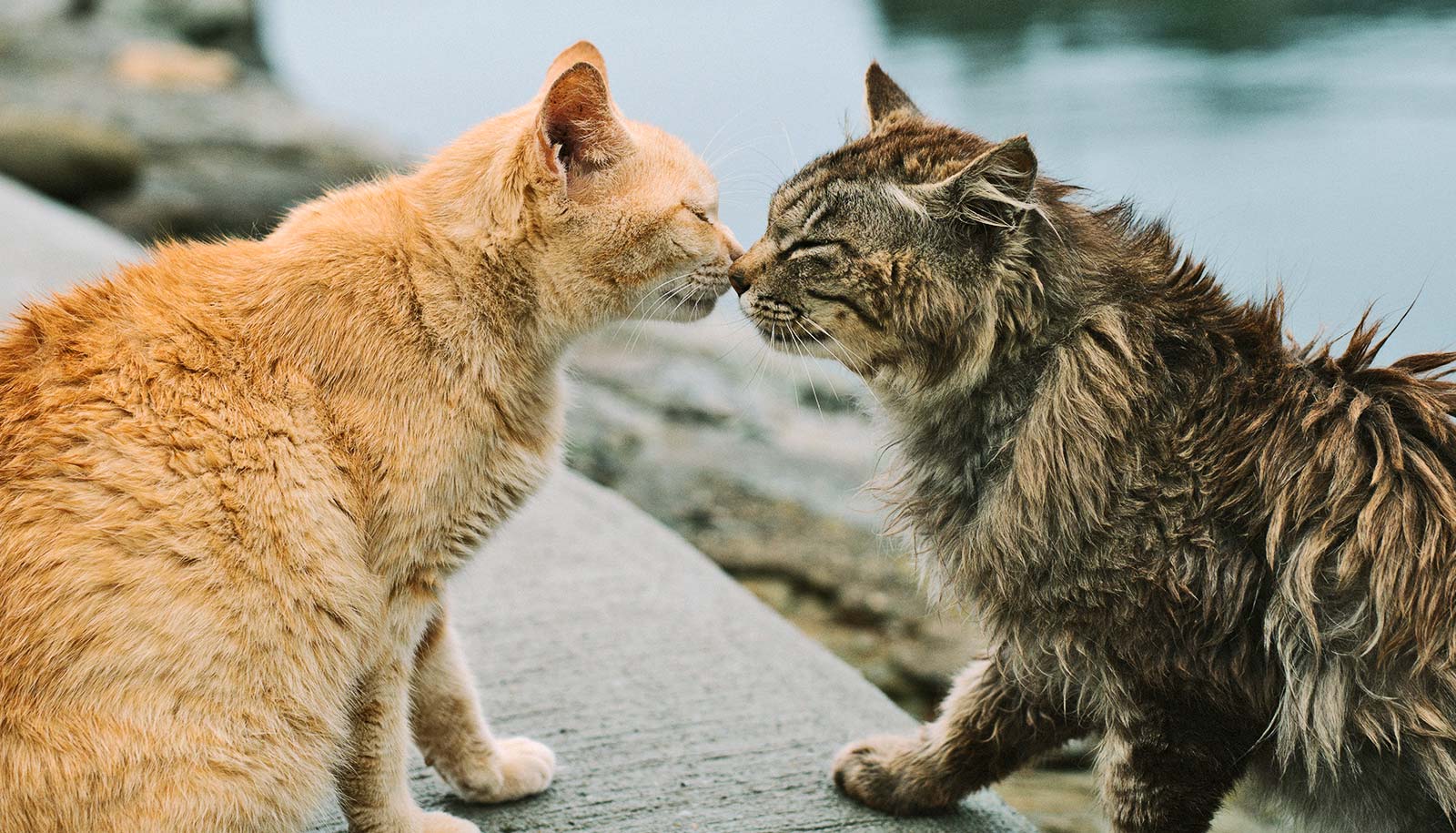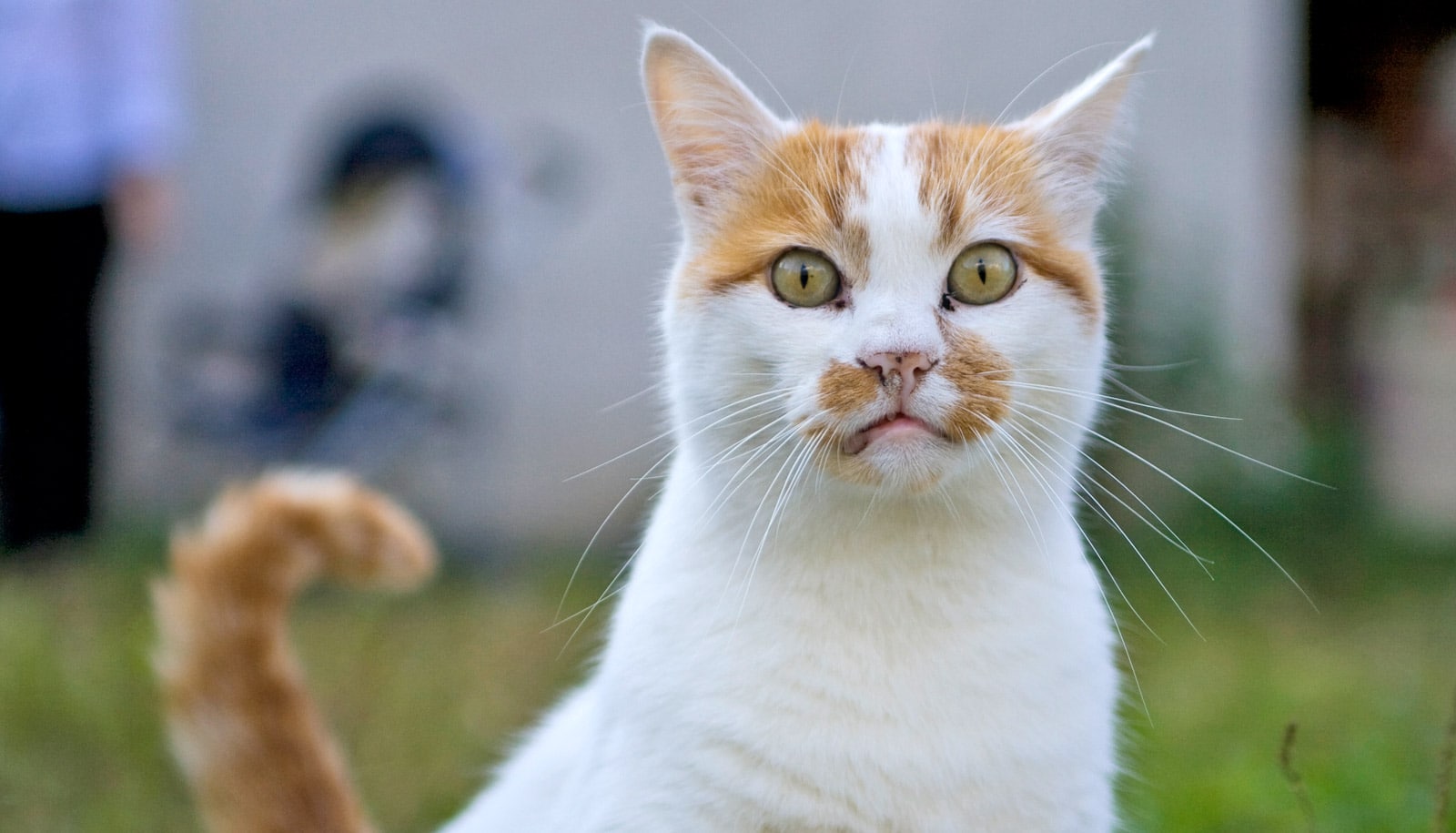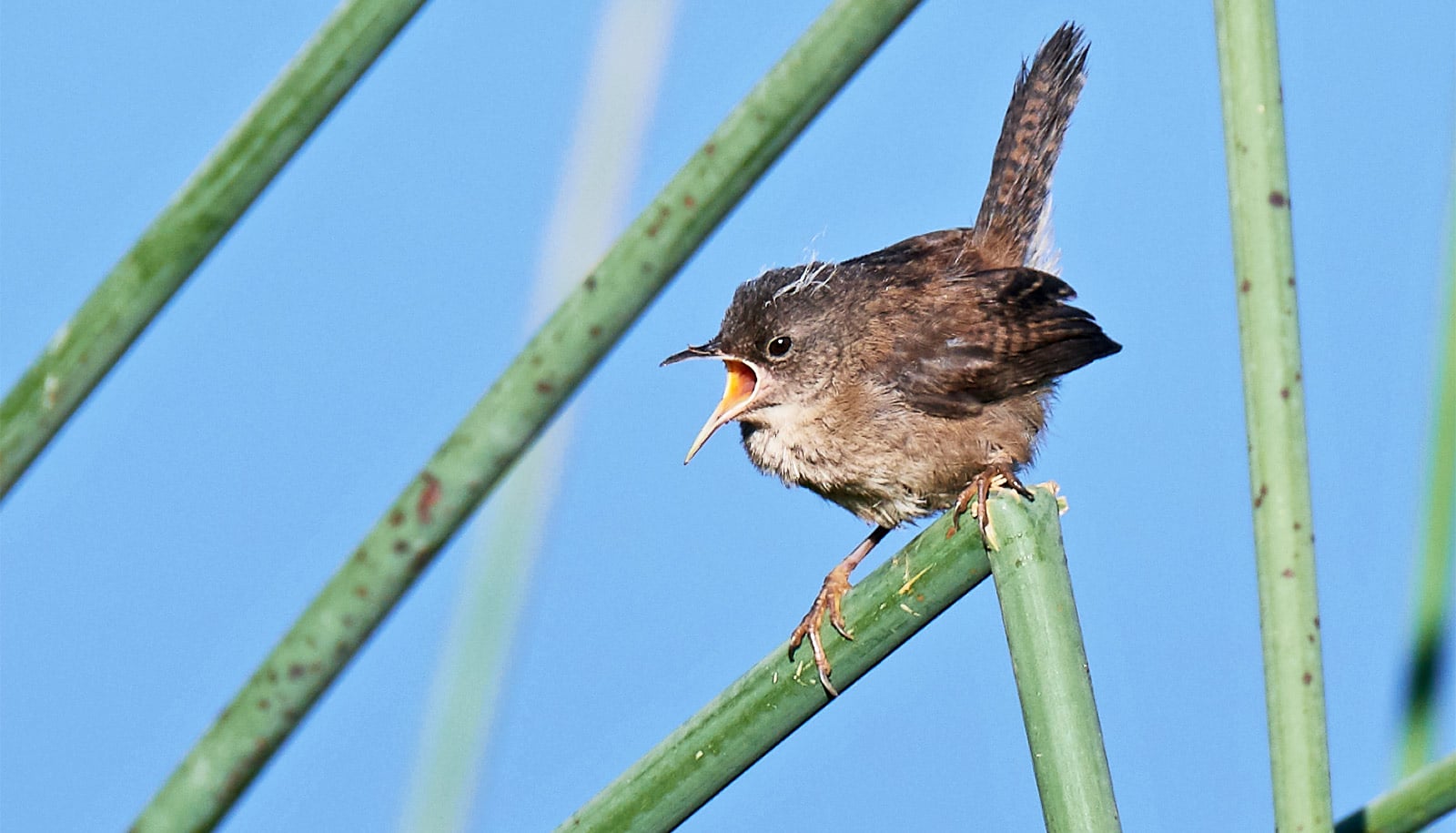To communicate, domestic cats send signals to each other using odors derived from families of bacteria living in their anal glands, a new study shows.
Mammals, including domestic cats, dogs, foxes, giant pandas, and humans, use scent to communicate with each other.
The new study, published in Scientific Reports, adds to a growing body of research on the relationship between microbes and odor in all mammals.
Cats’ scent comes from a mix of volatile organic compounds, including aldehydes, alcohols, esters, and ketones. While mostly undetectable to human noses, these scents are important in cats’ behavior and social lives. They mark territory, attract mates, and repel rivals.
Connie Rojas, a postdoctoral researcher working with Jonathan Eisen, professor at the University of California, Davis department of evolution and ecology and genome center, led a three-part study of anal gland secretions from domestic cats. They used DNA sequencing, mass spectrometry, and microbial culturing to look at the chemicals in the secretions and the microbes that make them.
For the study, the researchers used 23 domestic cats seen at the UC Davis Veterinary Medical Teaching Hospital for elective procedures such as dental cleaning. Owners gave written permission for their cats to take part in the study.
Five genera of bacteria (Corynebacterium, Bacteroides, Proteus, Lactobacillus, and Streptococcus) dominated overall, but the microbial makeup was highly variable between individual cats.
Older cats generally had a different microbiome from younger animals. There were also some apparent differences in cats assessed as obese, but the sample size was not large enough to confirm this. Microbial populations might also be affected by factors such as the cat’s diet, health conditions, and its overall living environment.
Looking at the chemicals produced in the anal glands, the researchers detected hundreds of organic compounds. Genetic analysis showed that the bacteria living in the anal gland could be responsible for making these compounds.
The researchers hope to continue and expand the study to include more domestic cats as well as other species of cats.
The National Institutes of Health and a UC Davis Chancellor’s Fellowship to Rojas supported the work.
Source: UC Davis


